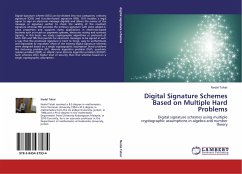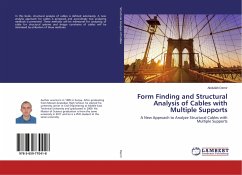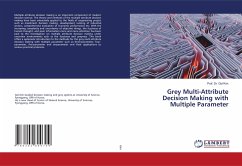Digital signature scheme (DSS) can be divided into two categories; ordinary signature (OSS) and function-based signature (FBS). OSS enables a legal signer to sign an electronic message digitally and allows the owner of the message or signature verifier to check the validity of the resultant signature whereas FBS provides the ordinary signature with some added or extra properties and supports many applications in electronic-based business such as e-cash or payments systems, electronic voting and contract signing. In this book, we study cryptographic algorithms or protocols of both OSS and FBS that permits for electronic messages to be signed in such a way that the produced signature is hard to forge, easy to authenticate and impossible to repudiate. Most of the existing digital signature schemes were designed based on a single cryptographic assumption (hard problem) like factoring problem (FP), discrete logarithm problem (DLP), quadratic residue problem (QRP), or elliptic curve discrete logarithm problem (ECDLP). Such schemes offer higher level of security than that schemes based on a single cryptographic assumption .
Bitte wählen Sie Ihr Anliegen aus.
Rechnungen
Retourenschein anfordern
Bestellstatus
Storno








